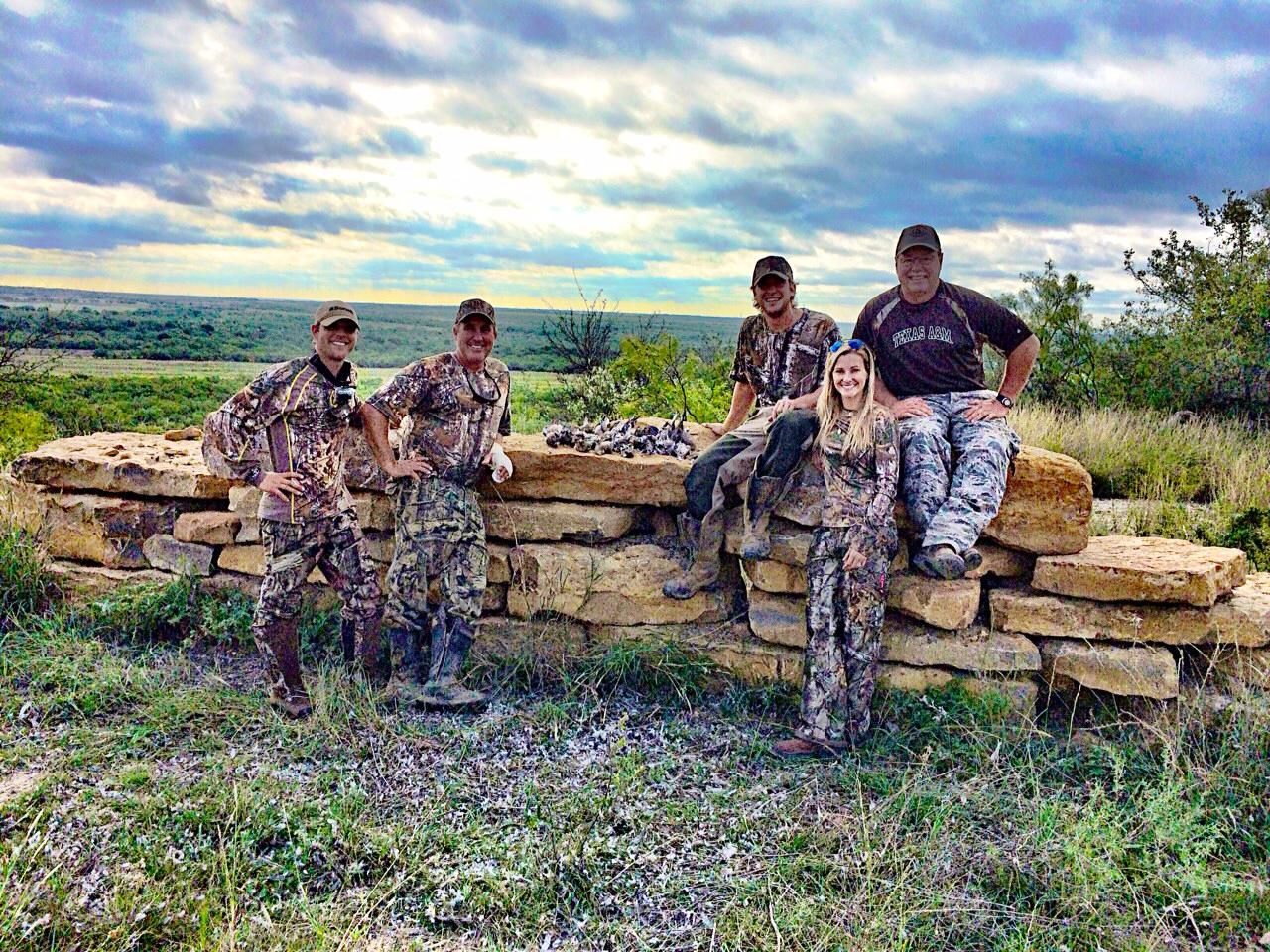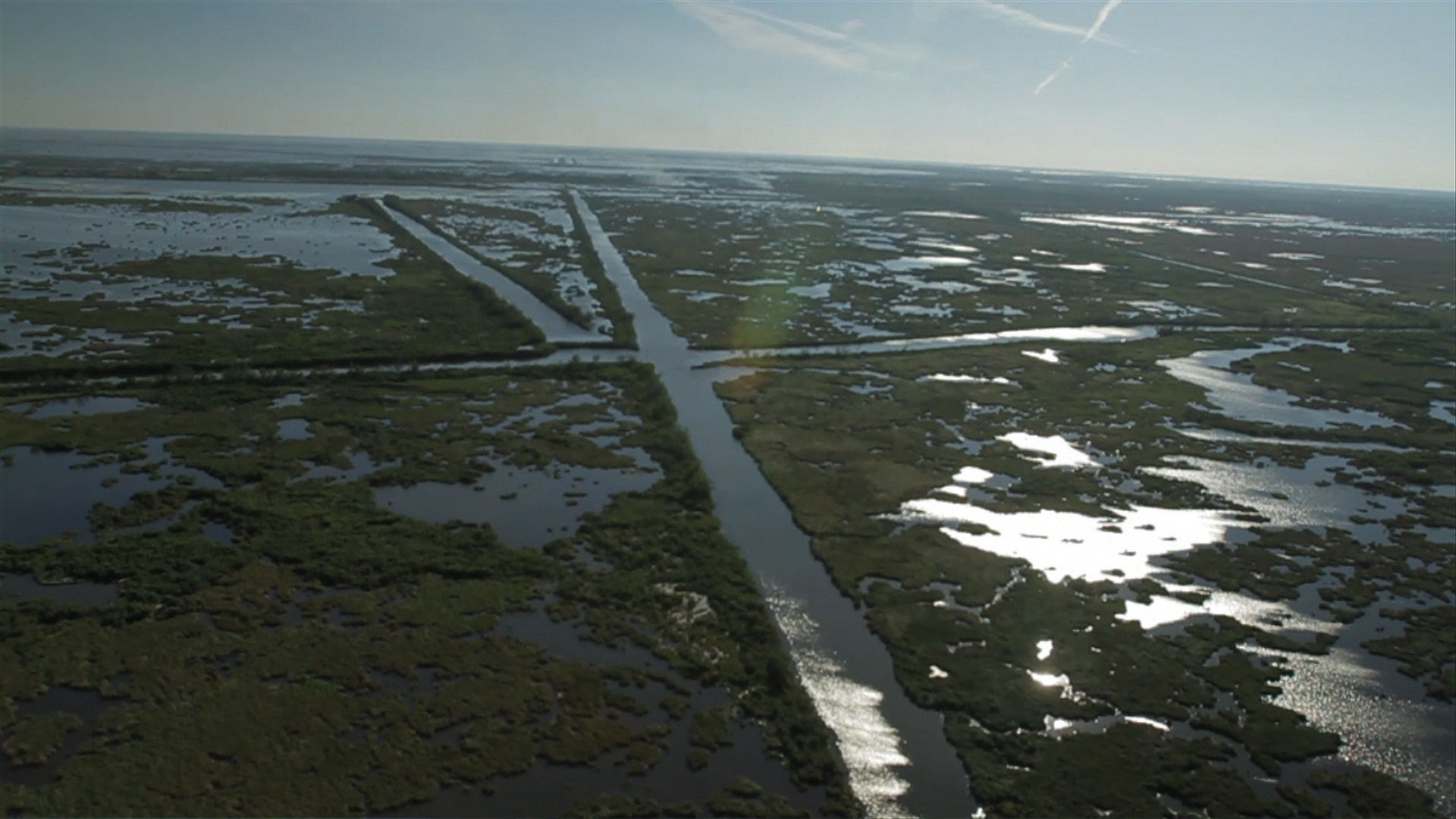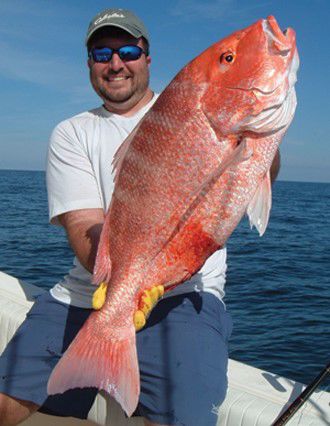
Lawman finds fish arresting: Terrebonne Sheriff Jerry Larpenter setting records within hobby
December 1, 2014
Building lasting memories
December 1, 2014Louisiana’s wetlands are fading fast, and there’s not an end to this epidemic anywhere in sight.
That’s becoming a big-time concern to many who are wondering what the future might hold.
As more land wilts away, locals and sportsman officials are beginning to ask questions pertaining to how this phenomenon might affect the ways that we enjoy life in the great outdoors.
As of now, hunting and fishing remains relatively unscathed. But as the problem gets worse, no one seems to know what’s in store, and many are quite concerned about where things are heading.
“We have big problems in Louisiana regarding our coastal wetland habitat loss, loss of rice agriculture and changes in climate,” said Larry Reynolds, waterfowl study leader with the Louisiana Department of Wildlife and Fisheries. “But as of now, waterfowl hunting remains extremely popular.”
“Our fishing has not really been impacted just yet,” said offshore charter fisherman Damon McKnight with Super Strike Charters. “But I think that in the coming years, I’m not sure how many years just yet, but over time, the coastal erosion will become a big-time problem we’re going to need to deal with.”
The statistics behind coastal erosion are recited frequently but are staggering nonetheless.
According to a study conducted by the Coastal Protection and Restoration Authority in 2013, our area has lost more than 1,800 square miles of wetlands since 1930. The same study estimates that two times that amount may disappear in the next 50 years if preventive measures – which are not currently planned – do not take place.
Our state’s map once resembled a boot. But a newly circulated aerial Louisiana map shot from space shows that the boot has now been ripped in half because of saltwater intrusion eating up the marshes’ roots and starving the life out of the grassy areas and turning them into salt water.
It’s a process that experts tout goes unnoticed because it’s happening in areas uninhabited by people. But those areas are inhabited by the fish we catch and the wildlife we hunt, so as their homes change, so too will the places they’ll be able to be caught or harvested.
It’s a transition that hasn’t yet fully taken place but will happen in the coming years as this epidemic gets worse.
“We hunt duck in the marsh,” said Joe Berthalot, a local hunter. “Where will we hunt duck if there is no marsh? It’s a problem. It’s being ignored because the government doesn’t want us to know it’s happening, but it’s there.”
On the fishing side of things, McKnight said he’s already seeing small whispers of change pertaining to where and how he fishes certain areas based on the ways that land has changed around him.
A charter fisherman for two decades, McKnight said he’s noticed a “huge change” in the coastline, touting that he can remember days where the marshlines extended far deeper than they do today.
“All of the marsh area is where our fish feed,” McKnight said. “The crabs, the shrimp – all of the food our fish feed on, the marsh is their estuary. The more marsh we lose, the more food we lose for these fish, as well. The problems work hand-in-hand. I promise you, this is a game changer. It’s going to change things. It’s going to change the areas where we catch fish, and it’s going to change areas where the fish swim to. Will they keep moving further and further inland to feed? I’d bet so. Fish will follow the bait no matter what.”
While fish swim in the water, ducks and other waterfowl live above the ground, nesting in trees and other places of refuge.
As more and more marshy areas recede and disappear, the habitat areas our state has to house the fowl are becoming less and less, as well.
This creates an epidemic where there is a huge amount of birds compressed into a smaller living space than normal, meaning that there is less food for the birds to survive and more hunters cramped into a smaller area.
For now, the supply and demand numbers between birds and prey are at levels where they are able to survive.
But what if that changes? The birds just may bypass Louisiana in their migration route.
“They won’t stay here and starve,” Berthalot said. “They’ll find somewhere else to go. It’s not here yet, but it’s coming. I guarantee you it’s coming, and when it gets here, people won’t know what to do, because we did this to ourselves.”
That slow death via papercut is what everyone questioned said was the worst part of it all.
Sure, things may be ripe for hunting and fishing today, but everyone out in the field knows that tomorrow may be another story if remedies aren’t found.
And even if they are, it may already be too late.
“It’s happening so slowly that you can’t notice it,” McKnight said. “But it’s going to all of a sudden hit us like a sack of bricks, and by that time, I think it’s going to be too late.”








